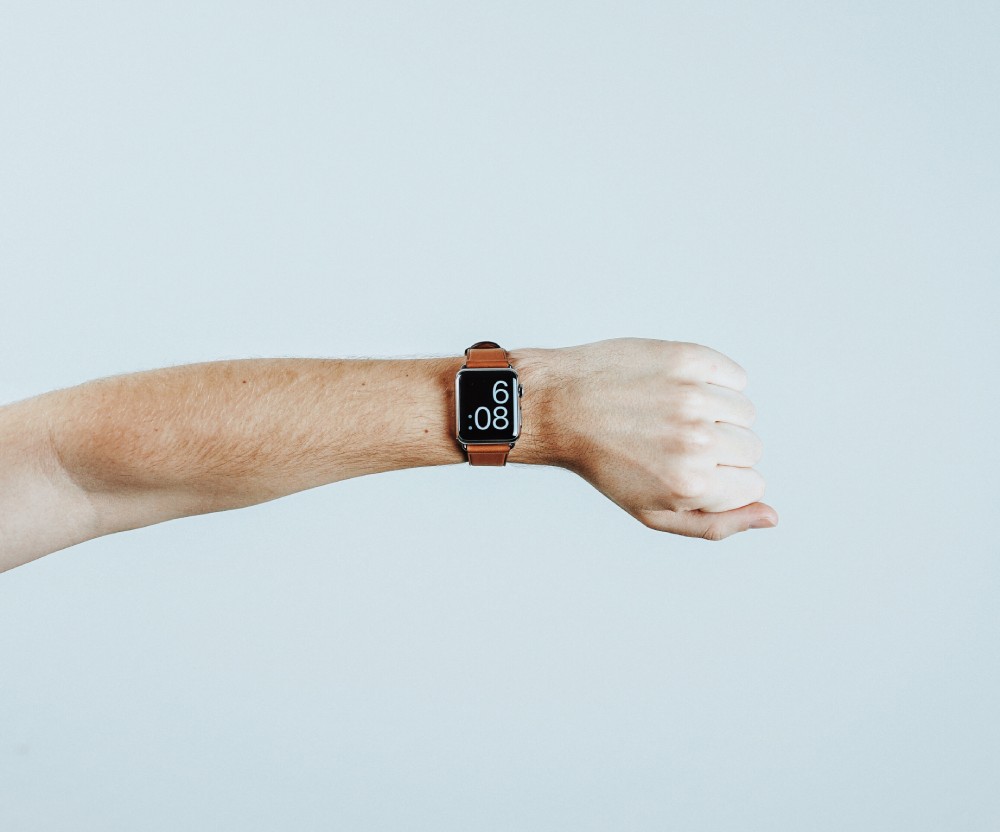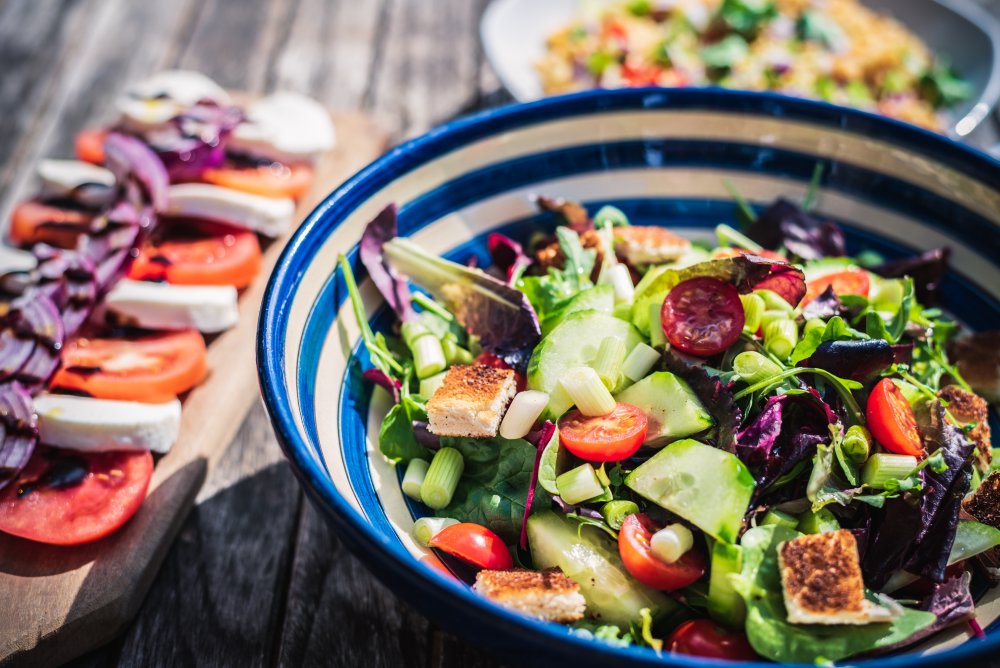A Beginner’s Guide to Intermittent Fasting
When it comes to changing your relationship with food and wellness, there’s no end to the options available to you. Chances are, you’ve heard the term intermittent fasting tossed about. Perhaps you’ve gone to lunch with a group of friends, only to find one of them staring at her watch and counting the minutes until noon when her “eating window opens”.
What in the world is that about?
What is an “eating window”? And who closed it on you?
Today, we’re going to dive into intermittent fasting, learn what it is, and how to use it as a tool to change your relationship with food.
What is Intermittent Fasting?
Intermittent fasting (IF) is a way of eating that has steadily increased in popularity. According to Google, IF was the second most-searched diet of 2020, with the ketogenic diet taking the top spot.
IF involves cycling between periods (or windows) of eating and periods of fasting. It’s likely you’ve been participating in IF for most of your life—the 12 – 14-hour period between when you finish dinner and eat breakfast is a fasting period (it just so happens you sleep through most of it). That’s exactly where the word breakfast comes from as you’re breaking your overnight fast with a meal.
By implementing a period of fasting into your eating schedule, you force your body to fuel itself off stored energy/body fat. Many people choose to incorporate IF into their lifestyle because it tends to burn fat (which can lead to weight loss) and helps to regulate blood sugar levels.
Tips to Start Intermittent Fasting
Before you begin IF, consider talking to your doctor to make sure this way of eating is right for you. If you are on prescription medication, make sure you’ve discussed with your doctor whether IF is the right eating plan for you. And if you are diabetic, it is critical that you work with your doctor and/or endocrinologist to come up with an IF plan that is safe.
1. Choose Your Eating Window

Most people start IF with a 16:8 schedule, meaning you have an 8-hour window during which you eat your meals, and a 16-hour window of fasting.
When you schedule your eating window is up to you. If you must have breakfast to start your day and are an early riser, your preferred window of eating might be 6am – 2pm. If breakfast isn’t your thing and you enjoy eating dinner with your friends or family, you may choose 12pm – 8pm.
2. Choose Healthy Food Options

Focus on eating healthy, nutrient-rich foods during your eating window. Pile on the dark, leafy greens, veggies and fruit, and stay away from high-sugar and highly processed foods. Chicken, turkey, and fish or seafood are wonderful protein options. Try to get most of your carbohydrates from fruits, vegetables, and whole grains like quinoa.
3. Avoid Eating During Your Fasting Window

When it’s time to fast, stick to liquids with less than 10 calories to remain in a fasted state. Flavored waters, seltzers, and teas are good options to stay hydrated while fasting. Enjoy black coffee with a bit of stevia (which won’t raise blood sugar and break your fast) and chew sugar-free gum to tide you over until it’s time to eat.
And there you have it, a very simple start to intermittent fasting. I think you’ll find this eating pattern quite easy to maintain once you are accustomed to it. Give it a try and let us know what you think. You just might be surprised how positively your body responds to this new way of eating…and burning…food.




